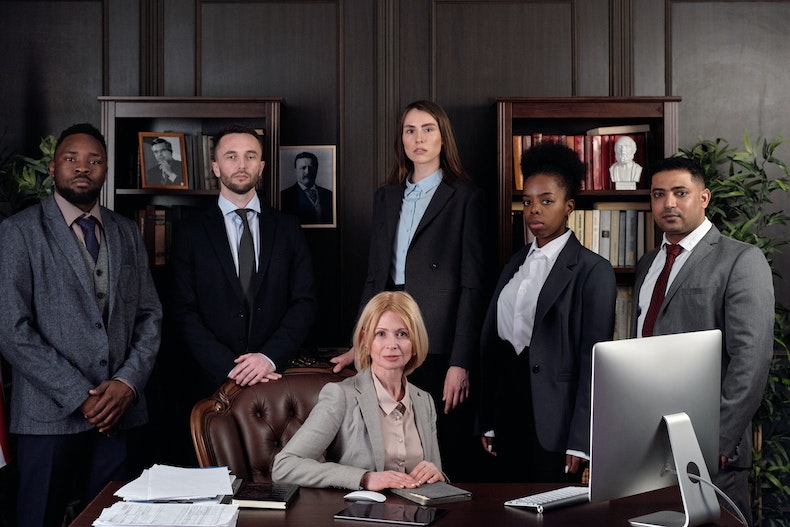4 Ways Technology Is Improving the Personal Injury Law Process
Injury law might not be the first industry that comes to mind when considering how technology improves our lives. But the law, in general, is improving thanks to new tech.
From CCTV coverage to AI, you’ll be interested to learn how much has changed in the injury law business. Keep reading to learn more.
Internet of Things
The internet of things is a term used to describe all of our physical technology that connects and exchanges data over the internet. This includes CCTV, sensors, dashcams, and even smartwatches.
In injury law, firms like Injury Law Palm Beach utilize data collated from footage to assist their cases. For instance, footage retrieved from a dashcam capturing a road collision will demonstrate, without room for argument, who was at fault.
Data retrieved from equipment such as this is vital in distinguishing between an unsuccessful and successful claim. The information can withstand any disagreement or scrutiny in a courtroom.
Enhanced Visual Aids
3D animation is used as a visual aid in the courtroom. 3D rendering can now recreate events described by witnesses or improve the visuals from poor-quality digital footage. This advancement provides jurors with a clear visual aid of what happened.
Effective 3D reconstructions can also be used outside of the courtroom. If you can avoid going to court, the fees will be far less for you as you won’t need to pay the filing fee. Your lawyer can mediate a conversation between two artists with the help of visual aid. Sometimes one party will back out after seeing the visuals if they believe their chances of success in court are less likely.
3D animation can shorten the length of the legal pursuit and ease participant stress caused by an active case. Research has shown that longer exposure to legal proceedings, whether dependent or plaintiff, results in mental health deterioration.
Better Organization
The whole personal injury claims process can become complicated. But updated software and computer technology are making what was once a time-consuming and complex process streamlined and easy.
For example, AI, also known as artificial intelligence, can be integrated into new software to organize large amounts of previously messy datasets.
In settling claims, new systems are helping efficiently interpret and evaluate data relating to individual claims while sending and retrieving relevant information to associated parties.
Virtual Hearings
Virtual hearings help those who might struggle to physically access the courtroom seek justice regardless of their circumstances.
Of course, the legal process has never had a reputation for being fast and short-winded, but the pandemic increased the demand and exponentially increased waiting times. Luckily, virtual hearings also assist courtrooms in working through the backlog of cases that developed through the COVID pandemic and are setting a precedent for how future court cases are carried out.
The Future
With technology, the sky is arguably the limit, especially in the world of law. From changing how cases are organized to when and where trials are conducted, what’s being practiced today will certainly differ from the law practiced even ten years from now.

